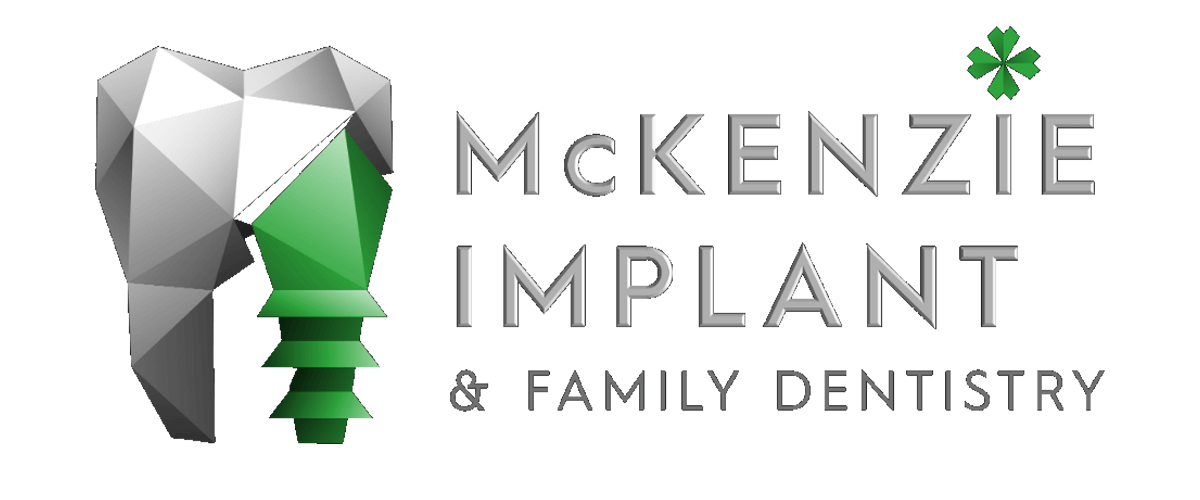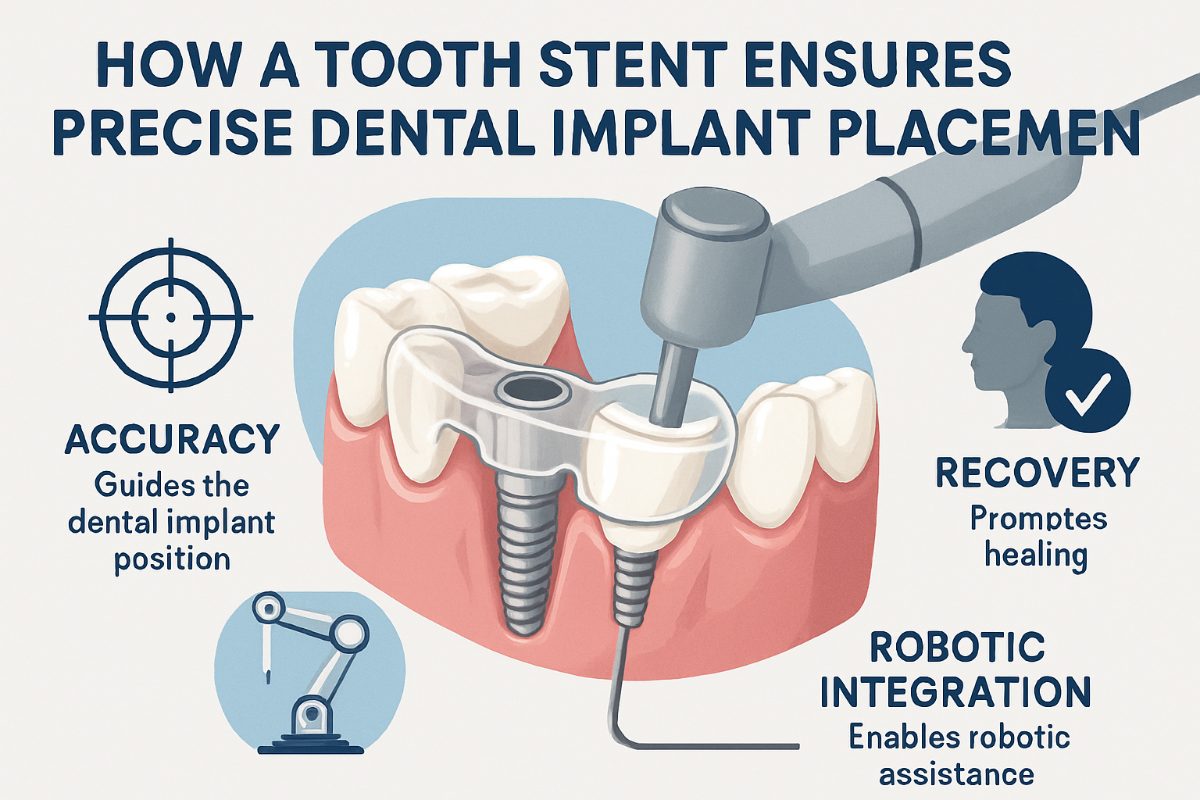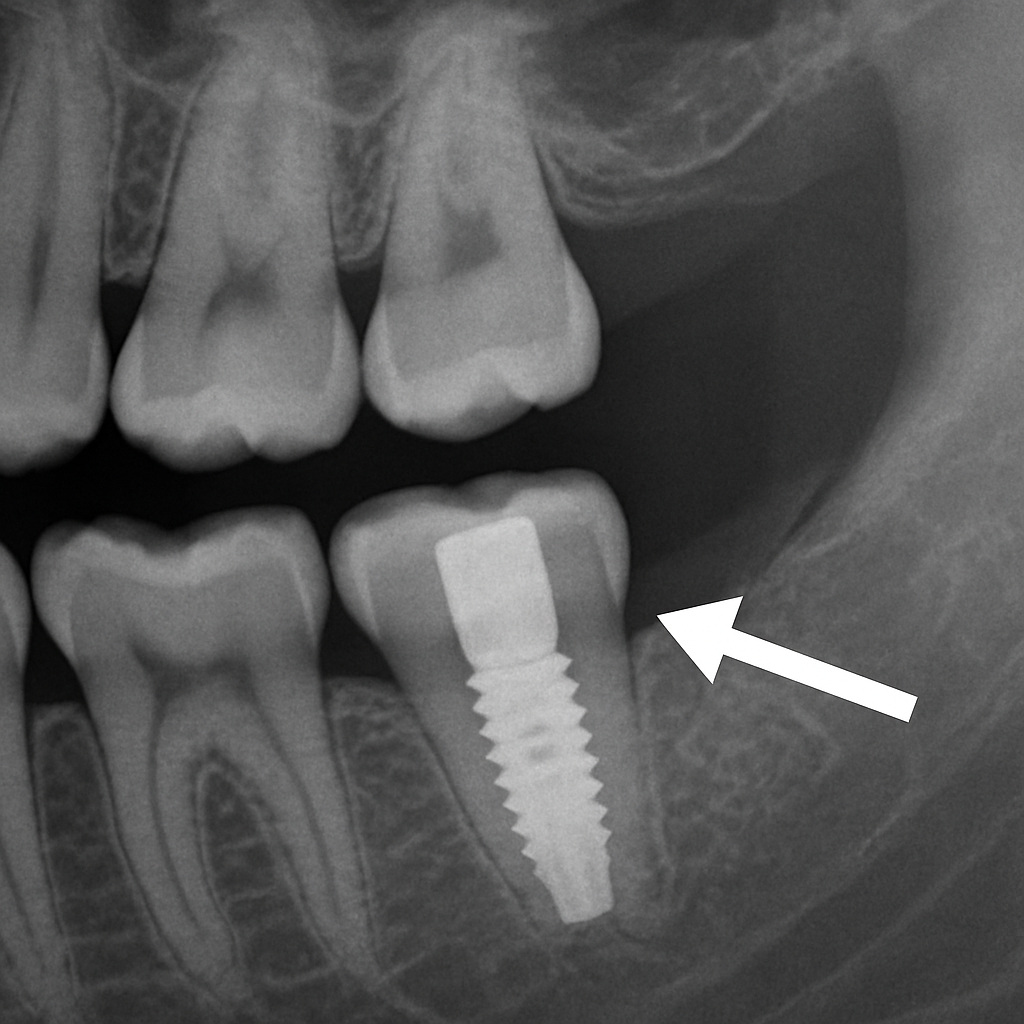Dental Blog - HANNIBAL, MO
Tips, Facts, And The
Latest In Dentistry

How A Full Set Of Teeth Implants Can Change Your Life

A full set of teeth implants replaces all of your upper or lower teeth with a stable, permanent solution that looks, feels, and functions much more like natural teeth than traditional dentures. People who have many failing teeth, painful dentures, or long-term tooth loss often consider a full set of dental implants to restore chewing, speech, and confidence. This post explains the major life-changing benefits, who is a good candidate, the step-by-step process (including robotic placement with the YOMI robot), recovery, risks, costs, and how to choose the right team. By the end, you’ll know what to expect and how this treatment can improve daily life.
Life-changing benefits of a full set of teeth implants
Improved chewing, clearer speech, and better nutrition A stable implant-supported arch lets you bite and chew foods you might avoid with dentures. Better chewing improves digestion and allows a more varied, nutritious diet. Because implants stay in place, speech is clearer — no slipping or clicking. Aesthetic and psychological gains: confidence, social life, and sleep Implant restorations are shaped to look natural and restore facial support. Many patients report better self-esteem, more social engagement, and less anxiety about eating or smiling. Comfortable, well-fitting teeth can also reduce jaw strain and improve sleep quality for some people. Long-term health benefits: jawbone preservation and oral health stabilization Implants stimulate the jawbone the way natural tooth roots do, slowing bone loss that causes a sunken facial appearance. Replacing all teeth with an implant-supported full arch also stabilizes the bite and makes oral hygiene more predictable compared with a mouth of failing teeth.
Who is a good candidate for a full set of teeth implants?
Age, overall health, and oral conditions that matter Most adults are eligible if they are generally healthy. Important factors include controlled chronic conditions (like diabetes), non-smoking status or willingness to quit, and good oral hygiene habits. Age alone is not a barrier. Situations where implants are better than dentures or bridges Full-arch implants are ideal when many teeth are failing or when dentures are painful, loose, or interfere with nutrition. They offer greater stability and comfort than removable dentures and avoid the need for multiple fixed bridges that stress remaining teeth. When bone grafting or extra prep may be needed If bone has resorbed from long-term tooth loss, a graft or sinus lift may be necessary to provide enough support for implants. In some cases, staged treatments are needed to build bone before implant placement.
The step-by-step process for getting a full set of teeth implants
Initial evaluation and planning
Expect a dental exam, X-rays, and 3D scans to map bone volume and nerves. The team creates a treatment plan covering number of implants, type of restoration, timelines, and any preparatory procedures.
Teeth removal and bone prep (if needed)
If remaining teeth need extraction, those may be removed first. Bone grafts or ridge augmentation may follow and require weeks to months to heal. Your clinician will explain healing timelines and temporary tooth options.
Precise implant placement with robotic assistance
Robotic-assisted placement with a YOMI robot helps guide the surgeon for very precise implant positioning. The YOMI system uses preoperative planning from 3D scans and provides real-time guidance during surgery. This can reduce surgical time, increase accuracy of implant angulation and depth, and may improve outcomes and recovery compared to freehand placement.
Restoration: crowns, bridges, or full-arch prosthetics
After implants integrate with bone (usually a few months), the team attaches the prosthetic teeth. Options include fixed bridges or full-arch prosthetics. Some patients receive a temporary restoration right after implant placement and a final prosthesis once healing is complete.
What to expect during recovery and long-term care
Typical healing timeline, pain control, and diet changes Initial recovery takes a few days to two weeks for soft tissues; bone healing takes months. Pain is usually managed with prescription or over-the-counter meds. Soft foods are recommended early, progressing to normal diet as healing allows. Oral hygiene for implants and routine dental visits Brush twice daily, use low-abrasive toothpaste, and clean around implants with floss or interdental brushes. Regular dental exams and professional cleanings are essential to monitor implant health. Signs of problems and when to call your dentist Call your team for persistent pain, heavy swelling, pus, severe bleeding, or loose restorations. Early attention to issues improves chances of resolving them.
Risks, limitations, and realistic outcomes
Possible complications and how often they occur Complications can include infection, implant failure, nerve irritation, or sinus issues. These are uncommon with good planning and technique but are important to discuss. Factors that affect long-term success (smoking, diabetes, oral hygiene) Smoking, poorly controlled diabetes, and poor oral hygiene raise failure risk. Following postoperative care and routine maintenance greatly improves long-term outcomes. Managing expectations: function vs. perfect natural teeth Implants restore function and appearance but may not feel exactly like original teeth. Most patients find the trade-off worth it for the added stability and confidence.
Cost, insurance, and financing options for a full set of teeth implants
Typical cost drivers (number of implants, grafts, restorations) Costs vary by how many implants are needed, whether bone grafting is required, and the type of final prosthesis. Complex cases cost more due to extra surgery and lab work. What insurance may cover and common financing options Medical and dental plans sometimes cover parts of the treatment, such as extractions or diagnostics, but often not the full restorative cost. Many practices offer financing plans, healthcare credit cards, and third-party lenders. Ways to plan financially and ask the right questions Get a full written estimate, ask what’s included, and compare financing terms. Ask about staged billing and refunds if plans change.
How to choose the right team for full set of teeth implants
What qualifications and experience to look for Look for the right team with implant surgical and prosthetic experience, good before-and-after examples, and clear communication. Board-certified specialists, continuing education, and verified patient reviews help show competence. Why robotic placement with a YOMI robot can be an advantage Robotic guidance like YOMI adds precision to implant placement when used by a skilled clinician. It’s an advantage for complex cases or when exact implant positioning is critical for long-term success. Questions to ask at a consultation Ask about the number of similar cases the team has treated, complication rates, the proposed timeline, temporary tooth options, and total cost.
Real patient outcomes and what life looks like after
Typical daily-life improvements and timelines for change Most patients report improved eating within weeks and full confidence within months. Speech often improves quickly, and long-term bone preservation becomes noticeable over years. Short anonymized examples of common turnaround stories (no deep practice promotion) One patient switched from painful dentures to fixed implants and regained the ability to eat steak and vegetables. Another stopped fearing social meals and said smiling became enjoyable again within weeks.
Next steps: preparing for your consultation
Checklist of documents, medical history, and questions to bring Bring recent dental X-rays if available, a list of medications, medical history, and questions about timing, costs, and temporary tooth options. How to book a consult and what to expect at your first visit (light practice mention only if relevant) Booking usually involves a phone or online request and a preliminary form. Expect an exam, 3D scans, and a clear treatment plan with options and costs. A full set of teeth implants can restore function, appearance, and confidence for many people. If you’re tired of loose teeth or dentures and want a long-term solution, consider scheduling an evaluation to learn if implants are right for you.




